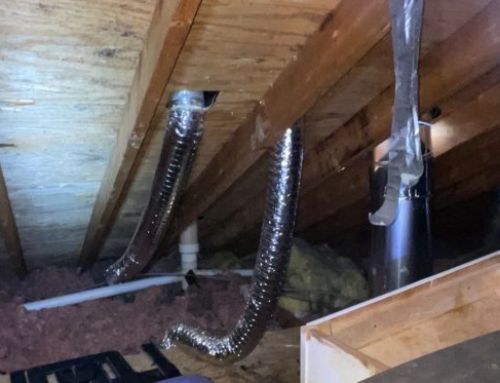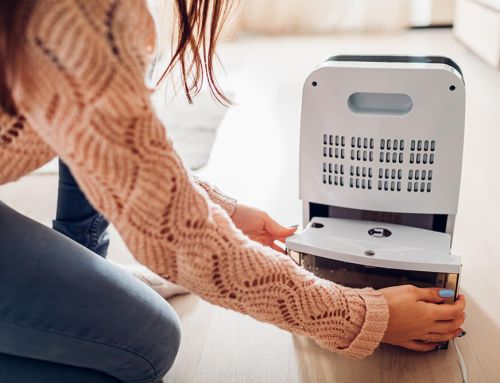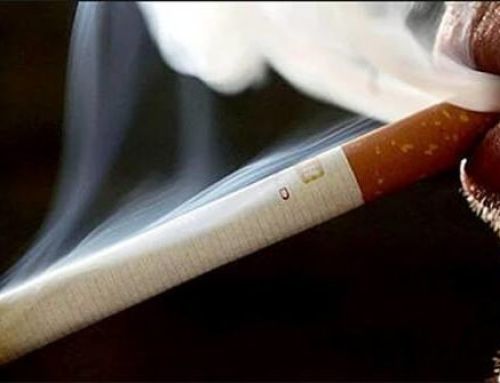Various sources of smoke can impact your indoor environment, including tobacco smoke, candles, fireplaces, wood stoves, and cooking. Smoke produces an unpleasant odor and contains a complex mixture of gases and fine particles that can pose health risks, particularly for individuals with respiratory issues, allergies, or asthma.
Smoke particles can linger in the air, accumulate on surfaces, and infiltrate your home’s HVAC system, causing long-term damage to your indoor air quality. Pur360 is ready to help area residents enjoy optimal air quality within their homes or businesses. Contact us for a complete evaluation of your home’s air quality and to have appropriate steps taken to improve it.
There are many possible sources of smoke in a home. Here are just a few.
Secondhand Smoke
Secondhand smoke from cigarettes, cigars, or pipes contains thousands of toxic chemicals that can infiltrate your home’s air and surfaces, posing health risks for all occupants, especially children and those with certain health conditions. These chemicals include carcinogens and irritants that can cause respiratory problems, heart disease, and other health issues. In addition, thirdhand smoke, which refers to the residual nicotine and other chemicals left on indoor surfaces, can also pose health risks.
Candles
While candles can create a cozy and relaxing atmosphere, they can release volatile organic compounds (VOCs), soot particles, and other harmful chemicals into the air when burned, especially if made from paraffin wax or contain synthetic fragrances. These pollutants can affect air quality and cause respiratory irritation or other health issues.
Fireplaces and Wood Stoves
Burning wood in fireplaces or stoves can produce fine particulate matter (PM2.5), carbon monoxide, nitrogen oxides, and other harmful pollutants that can infiltrate your home’s air and negatively impact your health. The fine particles in wood smoke can penetrate the lungs, causing respiratory issues and aggravating existing heart and lung diseases.
Cooking
Cooking, especially frying or using high heat, can generate smoke and release particulate matter, VOCs, and other pollutants into your indoor air. These pollutants can irritate the eyes, nose, and throat and exacerbate asthma and other respiratory conditions.
Risks of Smoke Pollution in Your Home
Poor indoor air quality can significantly affect occupants’ health and well-being, leading to short-term and long-term health risks. Exposure to indoor air pollutants, such as particulate matter, mold, pet dander, and dust mites, can trigger or worsen respiratory issues like asthma, allergies, and chronic obstructive pulmonary disease (COPD). Pollutants can irritate the airways, causing inflammation and exacerbating respiratory problems.
Poor indoor air quality can increase the risk of airborne infections, such as the common cold, flu, and other respiratory illnesses. Viruses and bacteria can thrive in poorly ventilated environments, contributing to the spread of infections among occupants.
Exposure to volatile organic compounds (VOCs) from sources like cleaning products, paint, and adhesives can cause headaches, dizziness, and fatigue. Long-term exposure to VOCs may have more severe health consequences, including liver, kidney, and central nervous system damage.
Poor indoor air quality can irritate the eyes, nose, and throat. For example, exposure to airborne irritants like smoke, mold spores, and chemical fumes can lead to redness, itching, discomfort in the eyes, as well as sneezing, congestion, and sore throat.
Fine particulate matter and other air pollutants can adversely affect cardiovascular health by promoting inflammation and increasing the risk of heart disease, stroke, and high blood pressure.
Poor indoor air quality can impact cognitive function and memory. Prolonged exposure to pollutants like carbon monoxide and lead can lead to cognitive impairment, memory loss, and other neurological issues.
Chronic exposure to indoor air pollutants, such as radon, asbestos, and tobacco smoke, can increase the risk of developing cancer. Radon exposure, for instance, is the leading cause of lung cancer among non-smokers.
Poor indoor air quality can negatively impact the overall well-being of occupants, leading to reduced productivity, discomfort, and a general decline in quality of life. It can also make your clothes and hair smell.
Professional Solutions to Improve Indoor Air Quality
You shouldn’t try to handle improving air quality on your own. Calling a professional to handle air quality improvements ensures your home has the air quality you need.
Invest in a high-quality air purifier with a true HEPA (high-efficiency particulate air) filter and an activated carbon filter. HEPA filters can effectively remove up to 99.97% of particles as small as 0.3 microns in size. In contrast, activated carbon filters can help absorb and neutralize odors and gases from sources like smoke and volatile organic compounds (VOCs).
Proper ventilation is essential for maintaining good indoor air quality. Ensure your home or workplace has an efficient HVAC system with adequate fresh air intake and exhaust fans in kitchens, bathrooms, and other high-humidity areas to help remove pollutants. Consider investing in a heat recovery ventilator (HRV) or an energy recovery ventilator (ERV) to improve ventilation while conserving energy.
Have your HVAC system professionally inspected, cleaned, and regularly maintained to remove accumulated pollutants and maintain optimal air quality. Make sure to replace or clean filters as the manufacturer or your HVAC professional recommends.
Hire professional cleaning services to deep clean carpets, upholstery, draperies, and other surfaces where pollutants can accumulate. These services can use specialized equipment and cleaning solutions to effectively remove contaminants and improve indoor air quality.
Over time, pollutants like dust, mold, and allergens can accumulate in your home’s air ducts, affecting air quality. Have your ducts professionally cleaned to remove these contaminants and ensure proper airflow throughout your home.
Radon is a radioactive gas that can cause lung cancer. It is crucial to have your home tested for radon by a professional, especially if you live in an area with high radon levels. If radon is detected, a professional can install a mitigation system to reduce the radon levels in your home.
If you suspect mold in your home or workplace, hire a professional mold assessor to inspect the property and identify any mold issues. If mold is found, a remediation specialist can remove the mold and address the underlying moisture problems to prevent future growth.
Consult with an indoor air quality professional who can assess your home or workplace’s needs and recommend the most effective solutions to improve air quality, address existing issues, and prevent future problems.
Schedule Your Appointment Today
The team at Pur360 understands the importance of having optimal air quality within your home. Our company offers mold testing and remediation, restoration, ultraviolet sanitization, odor removal, drywall removal and repair, carpet removal and disposal, dehumidification, and painting. Whether you need to schedule a full inspection of your home’s air quality or know what needs to be addressed, our professionals can assist you. Contact us today to schedule your appointment or for more information.



